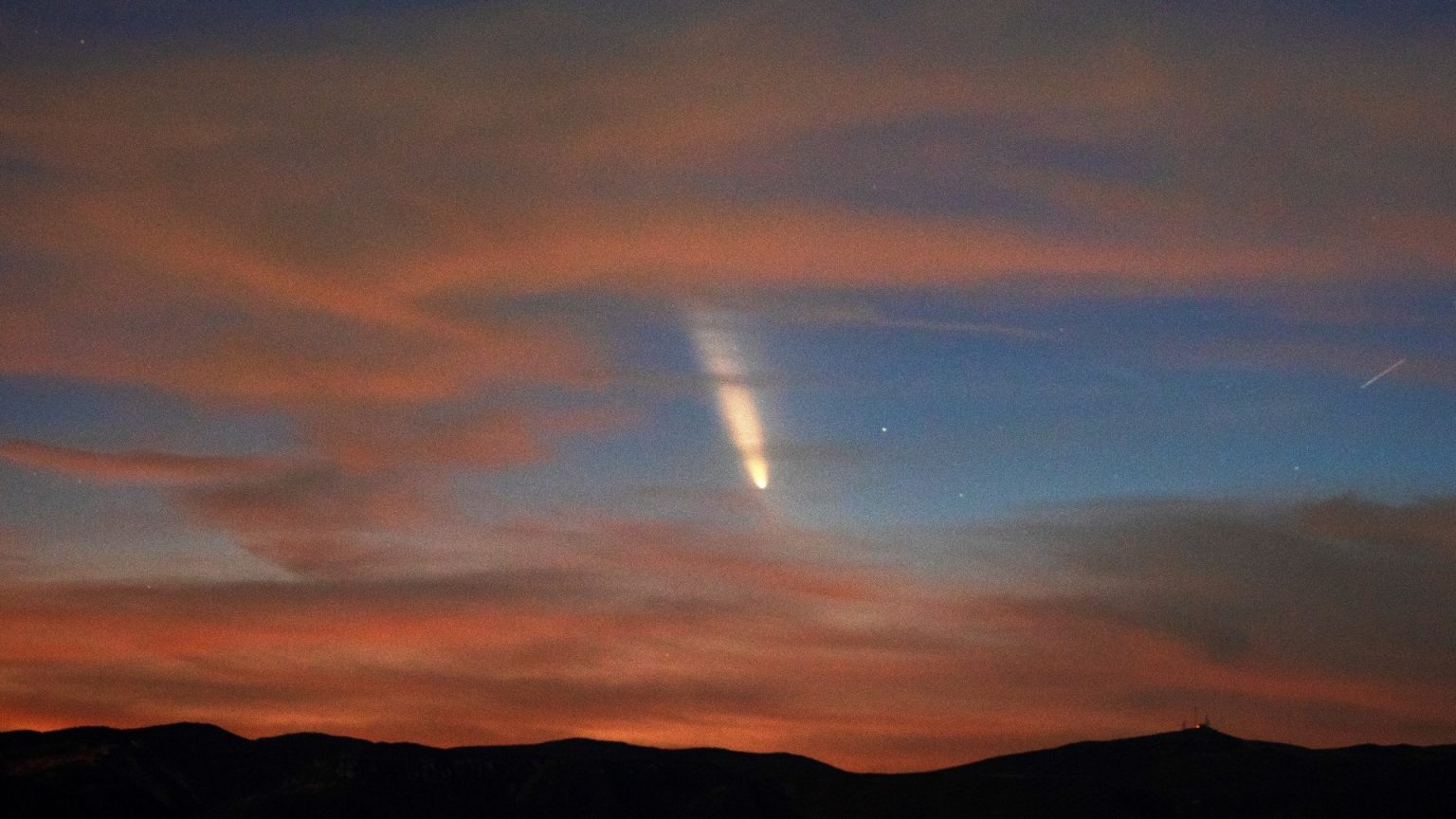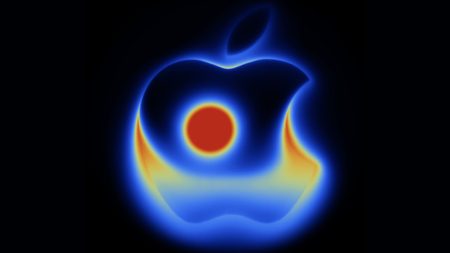Comet C/2024 E3 (ATLAS), a celestial object discovered in 2024 by the Asteroid Terrestrial-impact Last Alert System (ATLAS), presents a unique astronomical spectacle. This comet, potentially one of the brightest observed in two decades, is expected to reach peak luminosity in close proximity to its perihelion, the point in its orbit nearest the Sun. Comparisons are being drawn to the impressive Tsuchinshan-ATLAS (C/2023 A3), dubbed the “comet of the century,” which dazzled observers in late 2023. C/2024 E3’s brightness is anticipated to rival that of Venus, offering a potentially breathtaking view for skywatchers. The comet’s close approach to the Sun, a mere fraction of Earth’s distance, is key to its heightened visibility. This close proximity, while increasing brightness, also carries the risk of the comet disintegrating under the Sun’s intense heat, a fate met by other “sungrazer” comets.
The survival of C/2024 E3 hinges on its composition and prior solar encounters. Scientists estimate its orbital period to be around 160,000 years, suggesting it has navigated the Sun’s intense radiation at least once before. This resilience offers hope that the comet will withstand its current perihelion passage. The comet’s trajectory favors viewers in the Southern Hemisphere, although Northern Hemisphere observers may still catch a glimpse, albeit a more challenging one. The comet’s location within the constellation Sagittarius provides a celestial landmark for those seeking it out. However, predicting cometary behavior is inherently uncertain, and C/2024 E3’s ultimate brightness and visibility remain contingent on its response to solar radiation.
Observing C/2024 E3 requires attention to timing and location. Before its perihelion, the comet will be best viewed in the eastern sky before sunrise. Post-perihelion, it will shift to the western sky after sunset, provided it survives its solar encounter. Optimal viewing conditions will vary depending on geographical location and local light pollution. Consulting local astronomical resources and sky charts will provide the most accurate and up-to-date guidance for spotting the comet. Observers in the Northern Hemisphere face greater challenges due to the comet’s position relative to the Sun, requiring clear skies and ideally, the aid of binoculars or a telescope.
The excitement surrounding C/2024 E3 highlights the dynamic nature of comets. Unlike asteroids, which are primarily composed of rock, comets contain significant amounts of ice and gas. As they approach the Sun, these volatile components vaporize, creating the characteristic cometary tails that capture the imagination. The unpredictable nature of these icy bodies adds to their allure, as their brightness and visibility can fluctuate dramatically. C/2024 E3’s close solar approach, while increasing its potential brilliance, also introduces uncertainty about its survival. The astronomical community eagerly awaits the comet’s performance, hoping for a spectacular display that lives up to its potential.
Understanding the distinction between various celestial objects adds context to the significance of C/2024 E3. Asteroids are rocky bodies orbiting the Sun, primarily concentrated in the asteroid belt between Mars and Jupiter. Meteoroids are smaller fragments resulting from asteroid collisions. These become meteors when they enter Earth’s atmosphere and burn up, creating the familiar “shooting stars.” If a meteoroid survives atmospheric entry and lands on Earth, it becomes a meteorite. Comets, like asteroids, orbit the Sun but differ in composition, containing ice and gas that create spectacular tails as they approach the Sun.
The Sun, our solar system’s central star, plays a pivotal role in the behavior of comets like C/2024 E3. This nearly perfect sphere of hot plasma provides the energy that drives life on Earth. Its immense size and gravitational pull dominate the solar system, influencing the orbits of all celestial bodies. The Sun’s intense heat is the key factor in the vaporization of a comet’s icy components, creating the dramatic tails that distinguish them from asteroids. C/2024 E3’s close approach to the Sun, while amplifying its brightness, also exposes it to this intense radiation, creating both the opportunity for a spectacular display and the risk of disintegration. The comet’s fate hangs in the balance, adding a dramatic element to this celestial event.











